Novoflex Adjustment slide with focus wheel and click stops. Product images show optional accessories and application examples.
Details
Novoflex CASTEL-M Focusing slide with focus wheel and click stops
With the new and innovative CASTEL-M focusing slide, NOVOFLEX has developed a focusing slide for focus stacking with image scales of up to 5:1. Its unique design is aimed at photographers who frequently work at image scales from 1:1 to 5:1. CASTEL-M closes the gap between the stepper motor-controlled CASTEL-MICRO slide and the other manual adjustment slides in the NOVOFLEX range.
The ever decreasing depth of field in image scales above 1:1 requires absolutely meticulous work. Only in this way can the distances between the individual shots of a stacking series be correctly selected and maintained. This guarantees later success within the stacking software.
To help macro photographers with this admittedly tedious work, the CASTEL-M not only has a spindle that drives the sliding piece with extreme precision, but for the first time also has usable click stops for reproduction scales of 2:1; 3:1; 4:1 and 5:1. These are controlled via the rear focus wheel and enable precise and repeatable raster settings.
From now on, only one shot needs to be taken for each raster step of the focus wheel.
A further advantage is that the individual click stops are calculated in such a way as to avoid the occurrence of diffraction blur, which reduces sharpness, and are designed for use with cameras with a KB full-frame sensor (24x36) and attached lenses with an aperture of f4.0. The
click
stops also allow the use of cameras with APS-C sensors up to a reproduction scale of 4:1 and cameras with Four Thirds sensors up to a reproduction scale of 3:1.
Alternatively, the slide can of course also be used completely without click stops. To do this, simply work with the scale engraved on the focus wheel. One complete rotation of the ball-bearing-guided wheel corresponds to an advance of the slide by exactly 0.8 mm. The scale enables repeatable steps of 0.01 mm feed.
For rough pre-focusing, the sliding piece can be unhooked from the spindle and moved by hand. After positioning, it is securely hooked back into the spindle with the aid of a slider.
For use in product photography, the CASTEL-M can be equipped with the CASTBAL-PRO bellows attachment, transforming it into a technical camera. The stacking steps are carried out by moving the camera standard, while the lens standard remains stationary. This has the advantage that the position of the lens does not change in relation to the subject, which can be important for controlling reflections in jewelry photography, for example.
In product photography, objects with a depth greater than 10 cm can also be easily stacked in this way, as only the focus is adjusted and therefore, in contrast to the usual stacking method, the entire distance does not have to be covered.
The advantage of the stacking method compared to the classic Scheimpflug tilt adjustment is obvious. Stacking achieves uniform, maximum sharpness over the entire subject area (from front to back and simultaneously from top to bottom), whereas with the Scheimpflug method, maximum sharpness can only ever be achieved in one plane despite adjustment.
In addition, the top and bottom of the slide is of course fully integrated into the ARCA UniQ/C-compatible Q system. This means that the CASTEL-M accepts compatible interchangeable plates, NOVOFLEX bellows devices and NOVOFLEX adjustment slides for setting up a cross slide system in the 90 degree reversible quick coupling and can also be inserted and clamped directly in suitable coupling mounts.
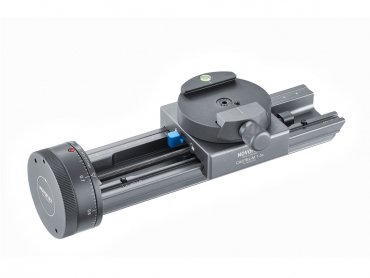


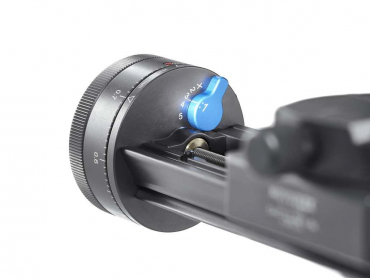
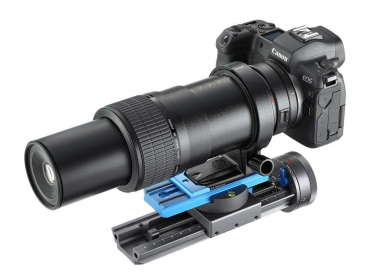
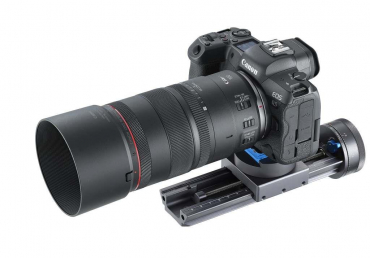
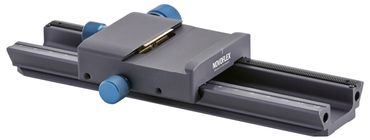
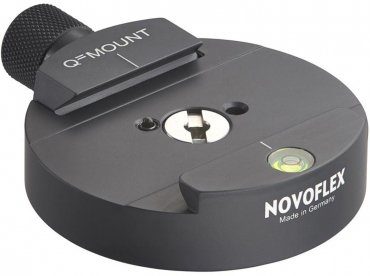
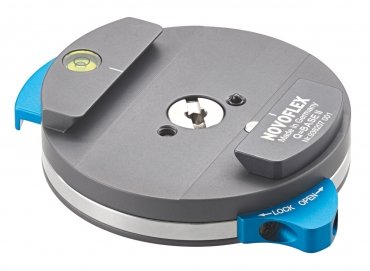
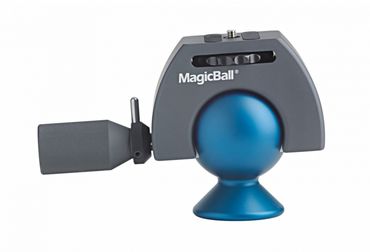
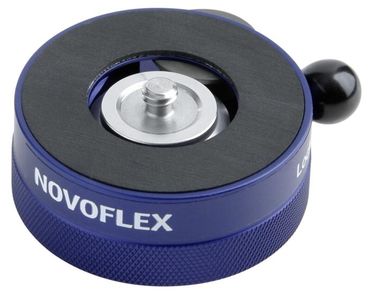

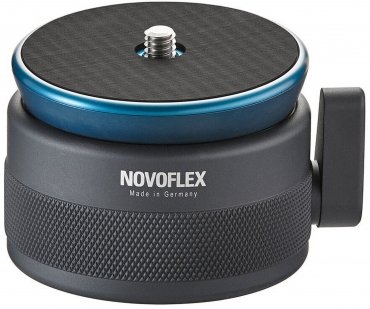
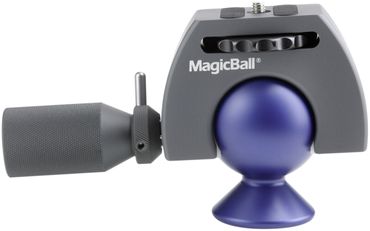
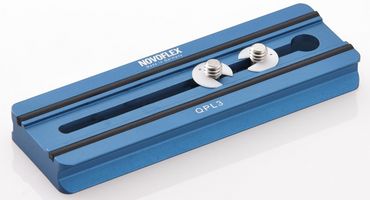
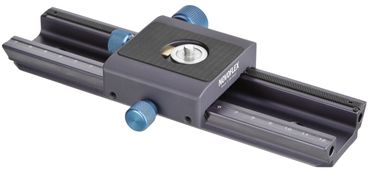
Simply subscribe and benefit as a newsletter recipient every week: